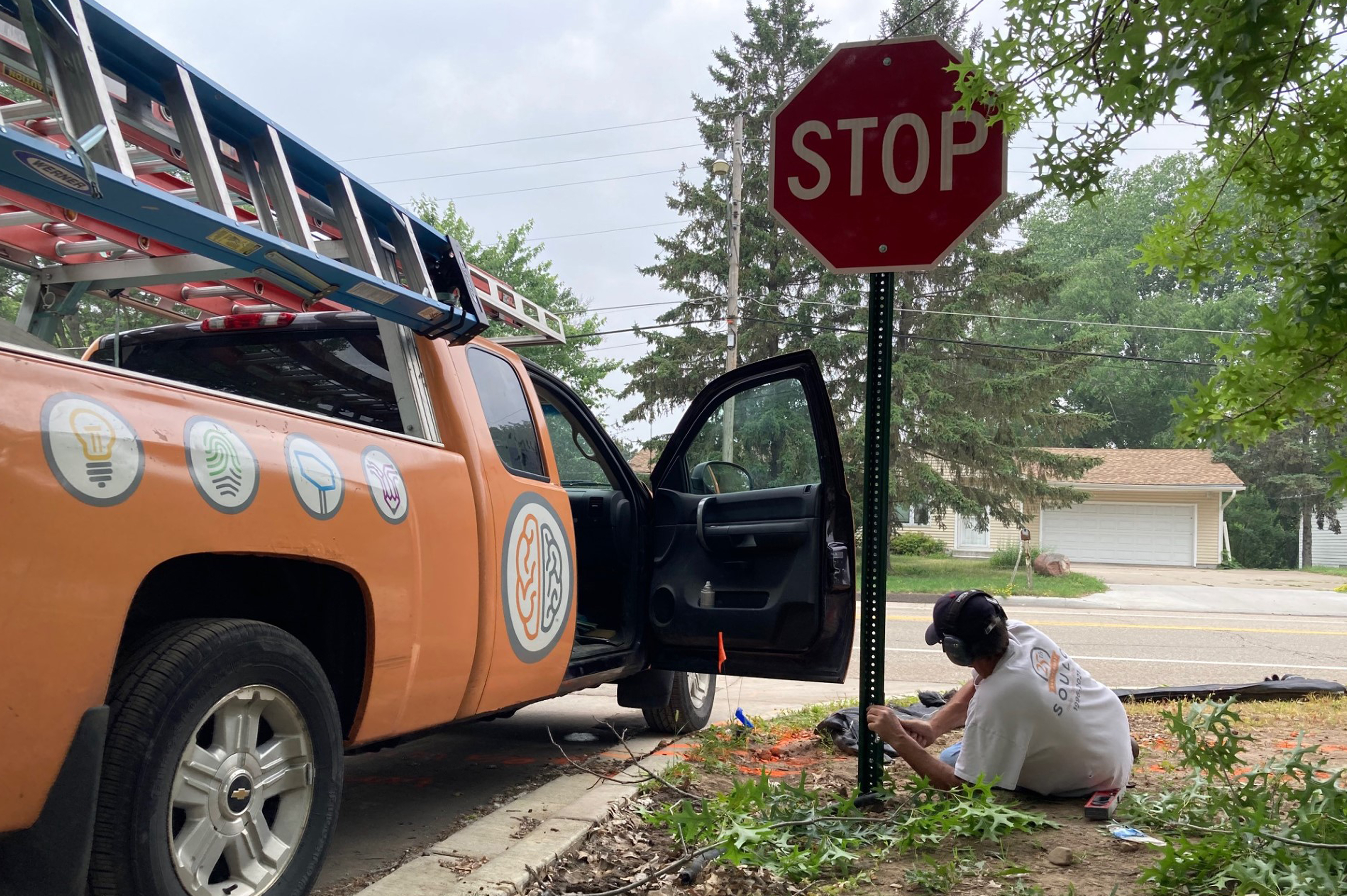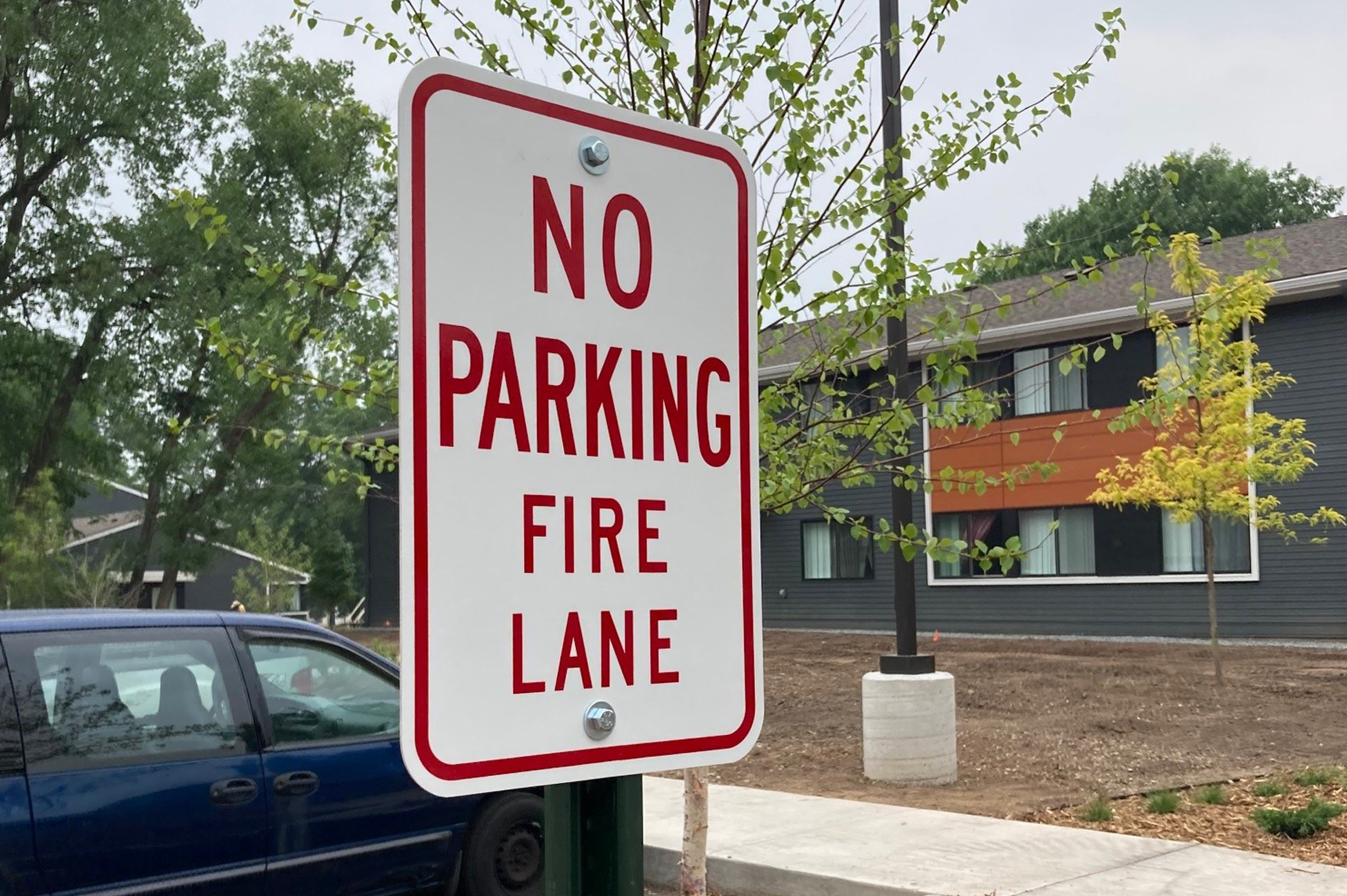
You encounter regulatory signs every single day, so frequently that they don’t register as “regulatory signs.” The most common regulatory signs are traffic signs. Stop, yield, no turn on red, speed limit signs—these are all regulatory signs intended to govern traffic flow and keep people safe. Regulatory signs also include parking signs—or more specifically, no parking signs. These are intended to keep space open for emergency vehicles to access various areas, or to ensure that a handicapped parking space has enough room around it for people to exit and enter the vehicle.
Beyond traffic and parking regulation, other types of regulatory signs are those mandated by law, such as ADA compliant room identification signs; or OSHA (such as “Employees must wash hands before returning to work” signs in the bathroom); or warning and other safety signs in and around a workplace or jobsite.


Modern regulatory traffic signs are almost always made from the same materials because that too is subject to regulation from the Department of Transportation. These types of signs all must be retroreflective or illuminated. It’s not always a simple matter to install illumination for every traffic sign, so these signs are usually printed on a specific type of reflective sheeting that meets specific standards and applied to an aluminum sign. This way, the signs are highly visible both day and night, and extremely durable.
For other regulatory signs, the material options are wider, but often still subject to certain codes. These types of signs offer more flexibility in terms of design than traffic signs. They usually have to include certain images, text, or colors, but can still be made to feel part of your brand.
Safety signs are all around us, and sometimes underneath us (there were lots of traffic direction and six-foot distance signs on business’ floors following the COVID-19 outbreak). These can come in almost any form. Some of them always look the same and are required to by law. The signs on the back of a tanker truck that indicate what chemicals the tank contains, for instance. Some safety signs are so ubiquitous they almost always look the same, and need no words at all, like a no smoking graphic.
The purpose of safety signs is, of course, to keep people safe in places that could pose a hazard to them. This most aggressive KEEP OUT sign you can imagine isn’t just being rude, it’s trying to keep people from injuring themselves.

The above is a lot to take in, and it only scratches the surface of regulatory and safety signs. The varying legal requirements and ordinances can be bewildering. That’s why SOULO is the easy, single-source solution for your regulatory and safety signs. We can help you figure out what signs you need, what they need to look like, and where and how to install them. We’ve done it thousands of times and can put that experience and expertise to work for you.
Whether you need a few signs or fifty, contact SOULO today to be certain you are ADA compliant.